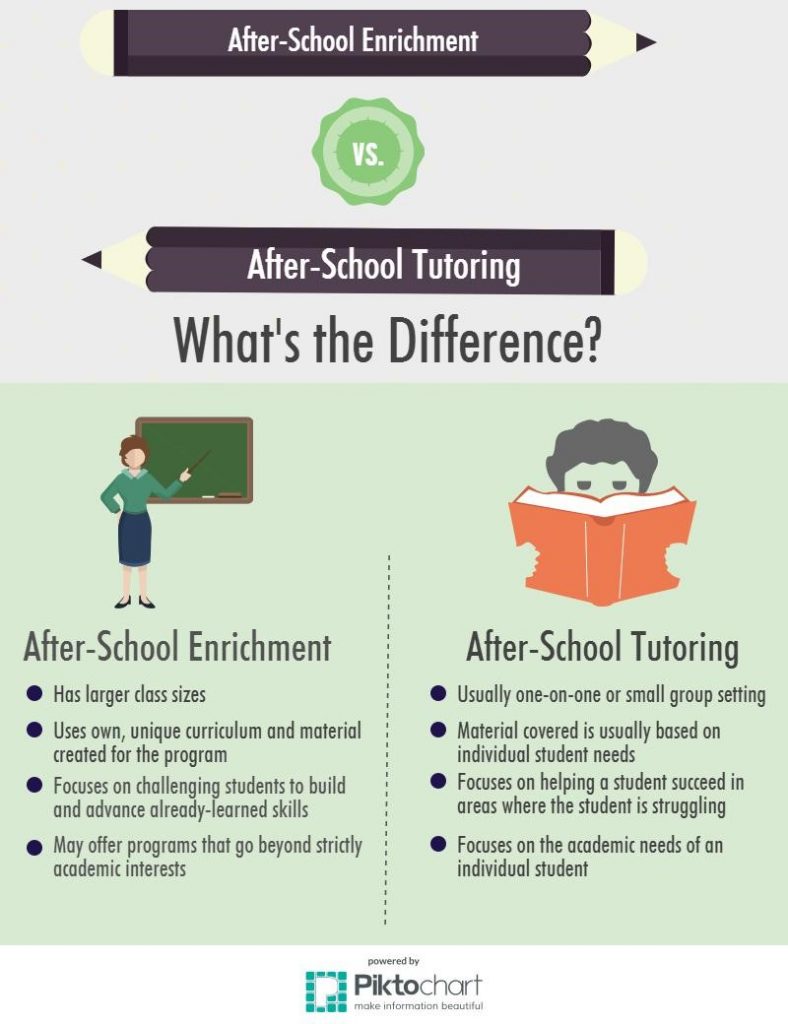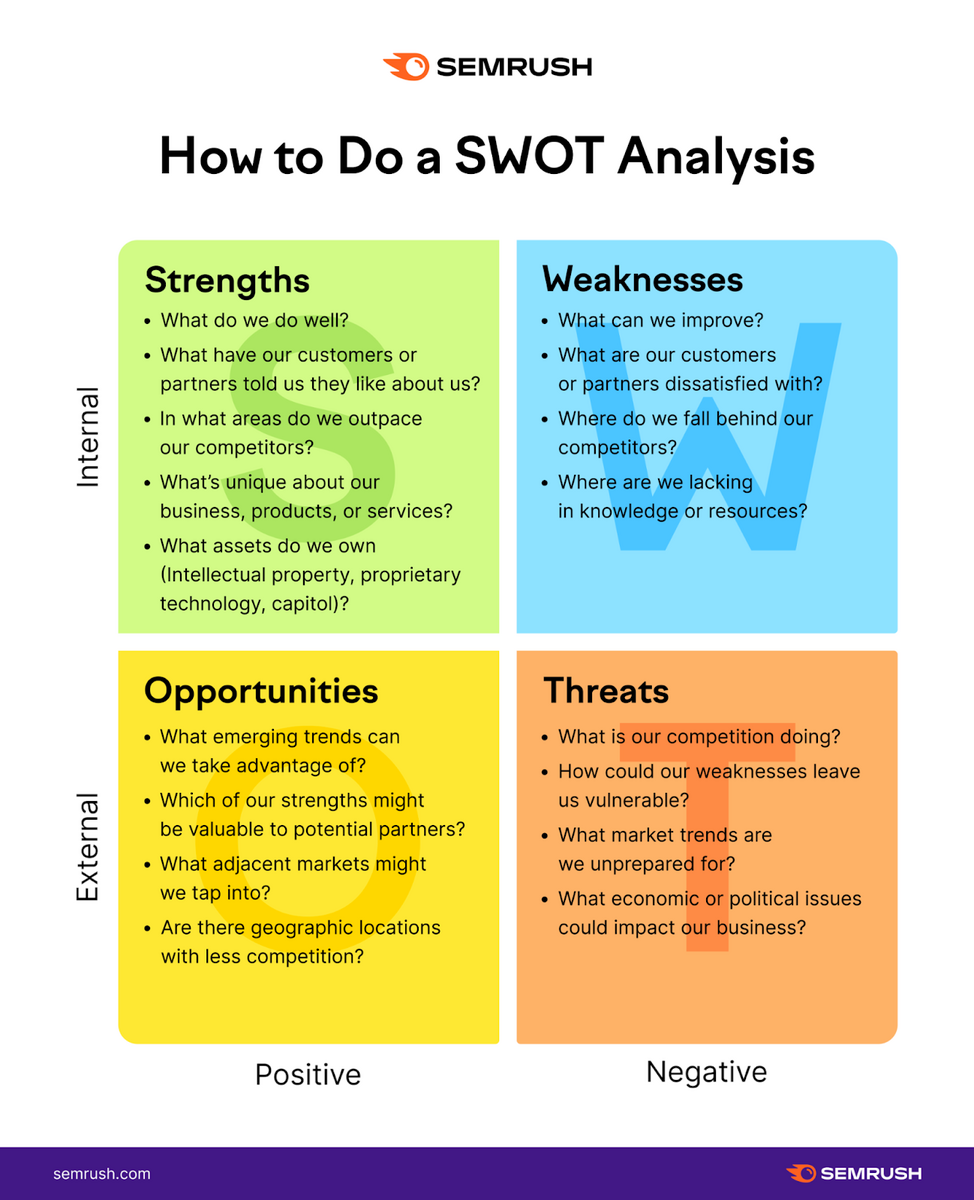7 Simple Techniques For Stem Learning Centers Irvine
7 Simple Techniques For Stem Learning Centers Irvine
Blog Article
The smart Trick of Irvine Science And Math After School Programs That Nobody is Discussing
Table of ContentsThe Ultimate Guide To After School Robotics Programs IrvineThe Main Principles Of Stem Learning Centers Irvine The 3-Minute Rule for Tech-focused After School IrvineThe Best Strategy To Use For After School Tutoring IrvineAll About Irvine After School Sports Programs
"I think there's some worth in letting them try it and see just how it goes. If all of those things are really crucial to the youngster, they might locate a way to make it function and discover extremely essential time administration skills at the same time things like how to obtain your research done even when you're using a sporting activities group and taking a dancing course." Overscheduling kids in as well many extracurricular tasks can take a toll on both the youngsters and their moms and dads, and it's coming to be significantly common a startling pattern that Kaur has actually observed in her practice. after school programs Irvine. "Unstructured playtime promotes social ability growth, and kids establish analytic skills," she states. "It permits them to be imaginative thinkers and develop assertiveness, and they discover how to manage adverse emotions. If you consider children when they get involved in a conflict on the play area, they have to handle a few of these points without a grown-up existing." Kaur says unstructured playtime has actually come to be so deprioritized that an American Academy of Pediatrics record lately encouraged pediatricians to suggest play to assist make it a lot more common for children once again.
"Unstructured playtime promotes social ability growth, and kids establish analytic skills," she states. "It permits them to be imaginative thinkers and develop assertiveness, and they discover how to manage adverse emotions. If you consider children when they get involved in a conflict on the play area, they have to handle a few of these points without a grown-up existing." Kaur says unstructured playtime has actually come to be so deprioritized that an American Academy of Pediatrics record lately encouraged pediatricians to suggest play to assist make it a lot more common for children once again. The Single Strategy To Use For After School Robotics Programs Irvine
2 - STEM After school Program Irvine. Schedule downtime Another means to help hectic kids, Kaur states, is to schedule a minimum of an hour a week for household time to relax and have top quality communications with each other. This can be anything from food preparation or playing a video game to viewing a motion picture as a household, she states. 3.
"It's so practical for a child's development and permitting them to choose a task they appreciate and shutting out a mid-day or weekend break time for the youngster to seek their very own interest," she claims. 4. Technique moderation While it's tempting to have your kid associated with a million activities in order to appear like an excellent university applicant, Kaur says, take note of what the youngsters value and where their rate of interests are, and consider choosing simply one or two activities that are meaningful.
 5. Attempt mindfulness In her organization, Parets has actually also observed a raw rise in stressed out and overscheduled kids, and she sees yoga exercise and mindfulness as a potent antidote. She started her very own youngsters on yoga exercise from a young age and saw just how much it assisted them. In families with stressed out kids, she advises dropping them to just one extracurricular and after that bringing them to yoga exercise.
5. Attempt mindfulness In her organization, Parets has actually also observed a raw rise in stressed out and overscheduled kids, and she sees yoga exercise and mindfulness as a potent antidote. She started her very own youngsters on yoga exercise from a young age and saw just how much it assisted them. In families with stressed out kids, she advises dropping them to just one extracurricular and after that bringing them to yoga exercise.An Unbiased View of Local After School Care Orange County
You have to locate some equilibrium; if that task you're taking them to is significant to them, then it works better for the whole family. They enjoy, you more than happy.".
For further discussion of essential terms, please see AIR's Identifying the Function of Study and Evidence in Out-of-School Time. Be conscious of evidence-based techniques for usage in out-of-school time learning Evaluation the suggestions from the What Functions Clearinghouse's Technique Overview, that include: Straightening the program academically with the school day Making the most of pupil involvement and attendance Adapting direction to private and small team needs Supplying engaging finding out experiences Examining program performance and using outcomes to improve the top quality of the program Acquaint yourself with the following checklist of evidence-based official statement techniques for out-of-school time learning, along with practices that have been recommended by out-of-school time learning specialists but might not yet have extensive evidence sustaining their application: Program facilities Program material and techniques Program execution and collaborations Check out existing evidence-based programs and practices Look in the What Functions Clearinghouse (WWC) for a checklist of programs that have evidence straightened to the results you are creating for.
Each weekday mid-day, at the very least 8 million "latchkey" kids are left alone and not being watched (Department of Education, 2002). Just 20% of a kid's waking hours are invested in school (Miller, 1995). Both moms and dads are in the labor pressure and children are left not being watched after institution and throughout summertime vacations.
The 7-Minute Rule for Local After School Care Orange County
It is approximated that more than 100,000 young people are being served (Division of Education, 2002). Peterson and Fox over here (2004) suggest the following essential elements of efficient programs: Academic offeringshomework aid, tutoring, hands-on discovering, reading and writing enrichment; Enrichment and increased learningexposure to aesthetic and performing arts, school outing, personality education and learning, important assuming abilities, foreign languages, and modern technology; Managed recreationorganized sporting activities and sporting activities education; andCommunity serviceconnects pupils to the area.
Journal of Education Finance, 15, 302-318. Hahn, A. (1994, October). Advertising young people growth in urban communities: Unprecedented success for the Quantum Opportunities Program. (A Discussion Forum Brief). Obtained February 6, 2004. Offered: http://www.aypf.org/forumbriefs/1994/fb102894.htm!.?.!.Life prior to after-school programs.(2002, July/August). Area Update, 98, 9. Miller, B. M. (1995). Out-of-school time: Impacts on learning in the main grades. 4, Wellesley, MA: National Institute on Out-of-School Time, Wellesley College. Peterson, T. K. and Fox, B. (2004). After-school program experiences: A time and tool to decrease dropouts. In J. Smink & F. P. Schargel (Eds.), Assisting Students Grad: A Critical Strategy to Dropout Prevention (pp. 177-184). Larchmont, NY: Eye on Education. Posner, J.K., and Vandell, D.L.
Each weekday afternoon, at the very least 8 million "latchkey" youngsters are left alone and not being watched (Division of Education, 2002). Just 20% of a child's waking hours are spent in school (Miller, 1995). Both moms and dads are in the labor pressure and kids are left without supervision after school and during summer vacations. The greatest criminal activity rate throughout the week is from 3:00 -7:00 p.m.
There was a 53.4 % decrease in retention in the key qualities related to the program. The price financial savings to the state as an outcome of the decrease in trainee retention is considerable. Savings in 2001-2002 are predicted at greater than $11 million. Added financial savings are recognized as a result of a reduction in adolescent crime.
Orange County After School Homework Help Fundamentals Explained
It is estimated that greater than 100,000 young people are being served (Department of Education And Learning, 2002). Peterson and Fox (2004) suggest the complying with crucial parts of effective programs: Academic offeringshomework aid, tutoring, hands-on discovering, reading and composing enrichment; Enrichment and sped up learningexposure to visual and executing arts, expedition, personality education and learning, crucial thinking abilities, international languages, and innovation; Managed recreationorganized sporting activities and sports education and learning; andCommunity serviceconnects pupils to the community.
Journal of Education And Learning Finance, 15, 302-318. Hahn, A. (1994, October). Promoting youth development in metropolitan neighborhoods: Unmatched success for the Quantum Opportunities Program. (A Forum Quick). Recovered February 6, 2004. Offered: http://www.aypf.org/forumbriefs/1994/fb102894.htm!.?.!.Life prior to after-school programs.(2002, July/August). Community Update, 98, 9. Miller, B. M. (1995). Out-of-school time: Results on learning in the main qualities. 4, Wellesley, MA: National Institute on Out-of-School Time, Wellesley College. Peterson, T. K. and Fox, B. (2004). After-school program experiences: A time and device to decrease dropouts. In J. Smink & F. P. Schargel (Eds.), Assisting Pupils Graduate: A Tactical Approach to Dropout Prevention (pp. 177-184). Larchmont, NY: Eye on Education and learning. Posner, J.K., and Vandell, D.L.
Report this page